Case Studies for Social Change
- Social Entrepreneurship
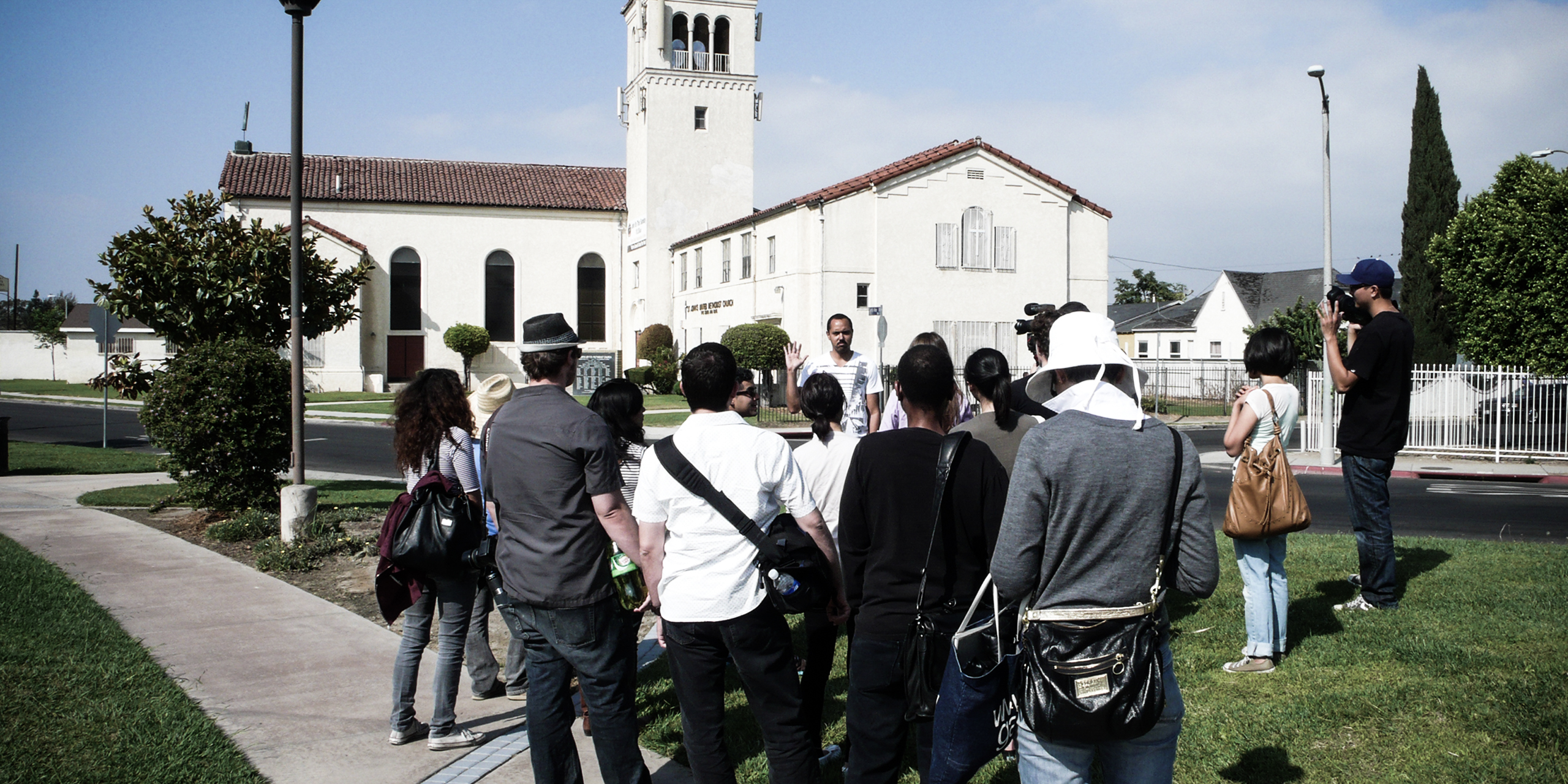
Fall 2010
This trans-disciplinary seminar examined the history, aesthetics and underpinning of community-based art and design practices through a collaboration anchored in the historic Watts Art Towers district of Los Angeles.
This project has been such a wonderful collaboration between Art Center, the Watts community and St. John’s church. We are so very honored to have been a part of this.
— Pastor Royce Porter, St. John’s United Methodist Church
Students came into this studio without any preconceived notions. They walked the campus, got a sense of this community and spiritual center, went to the drawing board and came back with some great ideas.
— Edgar Arceneaux, Watts House Project
Design Brief/Challenge
The historic Watts neighborhood in south Los Angeles is an area of the city filled with a rich history, but also a troubled legacy of disenfranchisement. This compelling combination made Watts an inspired choice for this Designmatters-sponsored project, recognizing both the rich cultural firmament of the area as well as the opportunity to address perceived negatives that could be diminished through creativity and vision.
Liaising with one of the community’s most important cultural assets—the Watts House Project (WHP), a collaborative artwork focused on neighborhood redevelopment—participants were able to quickly secure access to a meaningful way of working the community. The first step was assisting the WHP’s executive director, artist and Art Center graduate Edgar Arceneaux create an ambitious program for students that would not only be relevant in context and form, but also begin the process of redefining the community by asserting its cultural attributes and capacity to enrich the city at large. In short, the goal articulated by Arceneaux and the mission he conveyed to students was to make as big an impact as possible on the neighborhood. The challenge would come in defining what that would look like.
It was determined that the focal point of the students’ efforts should be St. John’s United Methodist Church, an 85-year-old neighborhood institution just a brief walk from the famous Watts Towers, a collection of Gaudi-like spires created with recycled bits of bottles and glass almost a century ago by Italian immigrant Simon Rodia.
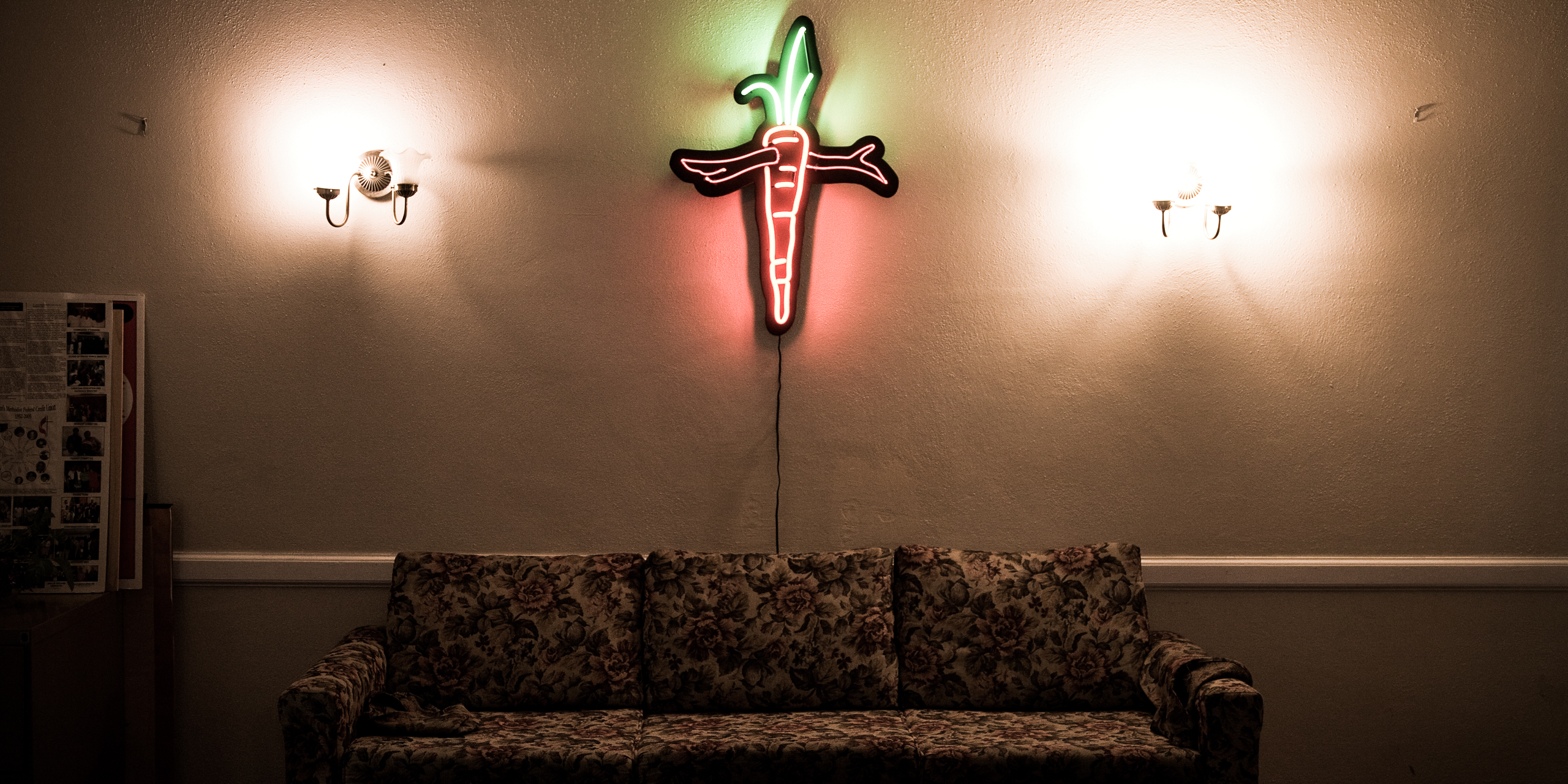
Process
A vital community space with tremendous potential to engage a neighborhood in transition from predominantly African-American to also including a large population of Latino immigrants, the church was determined to be the ideal venue to spark change and serve as a framework for the students’ creative vision. Arceneaux and students, along with faculty Dave Bailey and Alexandra Grant, met with the church’s pastor, Royce Porter, during an initial discovery process designed to identify needs and determine exactly where the students’ talents could be best applied.
Ultimately, four projects were identified, and student teams with team leaders were assigned to each. The projects included:
– An art exhibition utilizing the church’s community area as a gallery space
– A makeover of the church’s bell tower to create a unifying symbol
– A garden to enhance the church’s public space
– A redesign of the church’s website
Once the projects had been identified, the next step was to determine their scope, available budgets and plan of execution, as the goal was to have everything completed in just on term, at the end of which the students’ work would be presented to the community during an art exhibit.
During a meeting held under a tree in the shadows of the Watts Towers, Arceneaux instructed students to focus on what felt organic to them, incorporating what already existed on site.
Each team was encouraged to explore its own distinct vision, mindful of real world limitations and balancing big ambitions with small budgets. Following is a snapshot of each team’s creative journey:
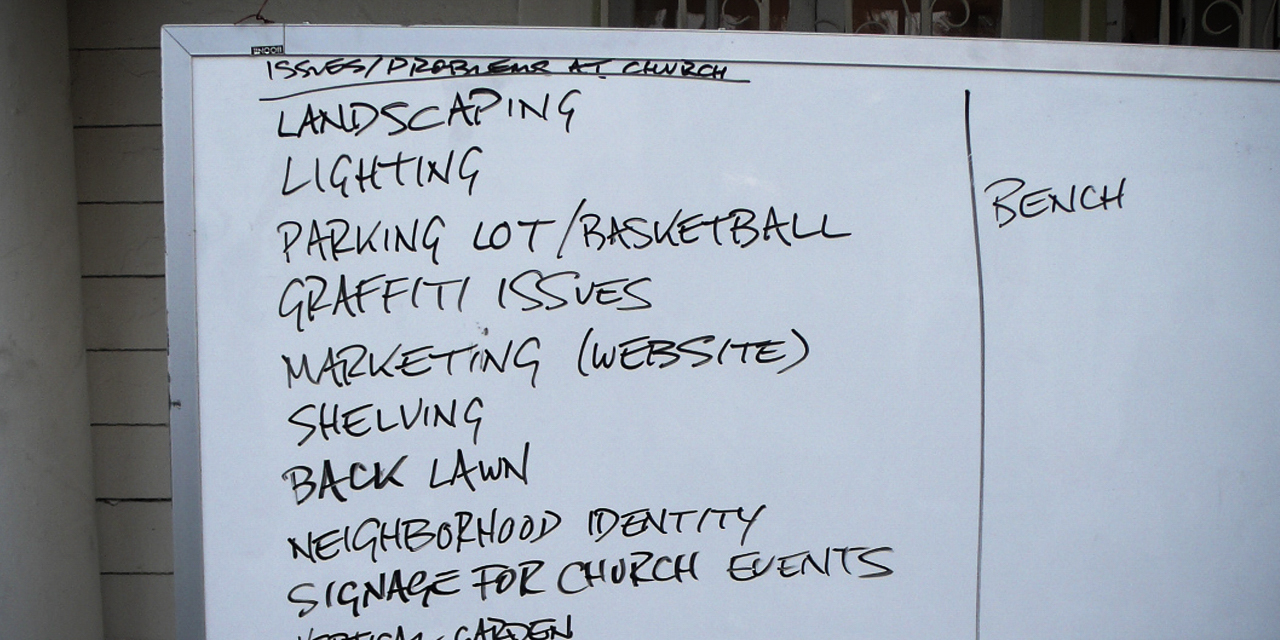
Art Exhibit
In addition to the challenge of curating the show, a first-time exercise for all students involved, the very elemental question of whether or not the show needed a theme had to be addressed and discussed. Students discussed if a theme was needed—wouldn’t the fact this was a fist-time endeavor be enough?
Faculty member Alexandra Grant advised that a theme would not only better define the show and attract appropriate art, it would also open possibilities that students hadn’t yet imagined, such as creative interactions with the space itself. Various themes were discussed including family, Los Angeles and even animals. Following these in-depth discussions, the collaborative art project was finally titled Watts Art? and the show it would present would be 34,640 Watts: A Show About Light.
Another issue that had to be addressed was the short window of time left to organize the show, to be held December 19. This meant the work submitted would necessarily be pieces already created by the artists, so selecting the right theme would be especially important.
Using the theme of light, students were then able to reach out to a wide array of artists including Art Center students, community members and accomplished professional artists to secure pieces for the show.
Discussions also produced the decision to include music and dance to more fully engage the audience.
Bell Tower Project
The bell tower project involved transforming the church’s bell tower—an unused and somewhat derelict space—into a symbolic beacon to be seen by all of the community.
Students initially presented Pastor Royce with a working scale model of the tower so he could visualize the type of light and color treatment they proposed. Cost also came into play, as a significant aspect of the students’ challenge was actually executing the project on a tight budget. The first iteration involving materials, such as sheets of plexiglass and a dome of broken glass designed to reflect and refract light, ultimately gave way to a simpler version in which installed lights in the tower could be programmed to emit various colors. During the installation process, students also realized that age, deterioration and resident pigeons were obstacles that would need to be overcome in order to successfully complete the project.
Website Project
The website team tasked themselves with creating a website that was much more than simply a listing of church features. Instead, the decision was made to focus on evoking a sense of community. With input from Pastor Royce, who envisioned the site as a gateway to the Watts community, students set out to create a digital gathering place connecting residents and their interests.
The team undertook all aspects of the site build, including deciding on an appropriate look (the consensus was that less is more), creating page layouts and mock-ups, negotiating with Web designers, researching content management systems, and creating a tutorial to help future webmasters. Other tasks undertaken included nuts-and-bolts site issues such as harvesting images, and site content.
These efforts were all directed at raising awareness of the church and neighborhood as a vital arts community through the website.
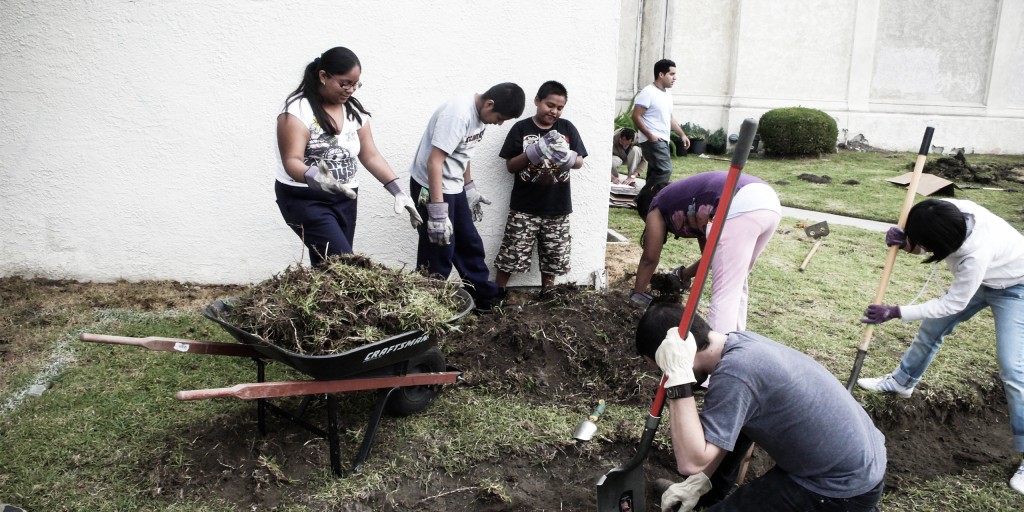
Public Garden Landscaping
While proving to be challenging on multiple levels, the garden-landscaping project nonetheless became a great testing ground for creativity and flexibility adjusting to real-world issues, namely cost and man-hours. What was originally envisioned as a larger park space created from a parking lot had to be re-imagined as a smaller landscaping project due to prohibitive costs. The new landscaping effort involved not just the vision of designing the appealing placement of native plants, but demanded that students go far beyond their normal creative skill-sets, getting “down and dirty” digging, moving sod and breaking cement with a jackhammer.
Publicity
Finally, to raise overall awareness of the upcoming show, posters were created and posted around the Art Center campus, and a press release was written and distributed to the media.
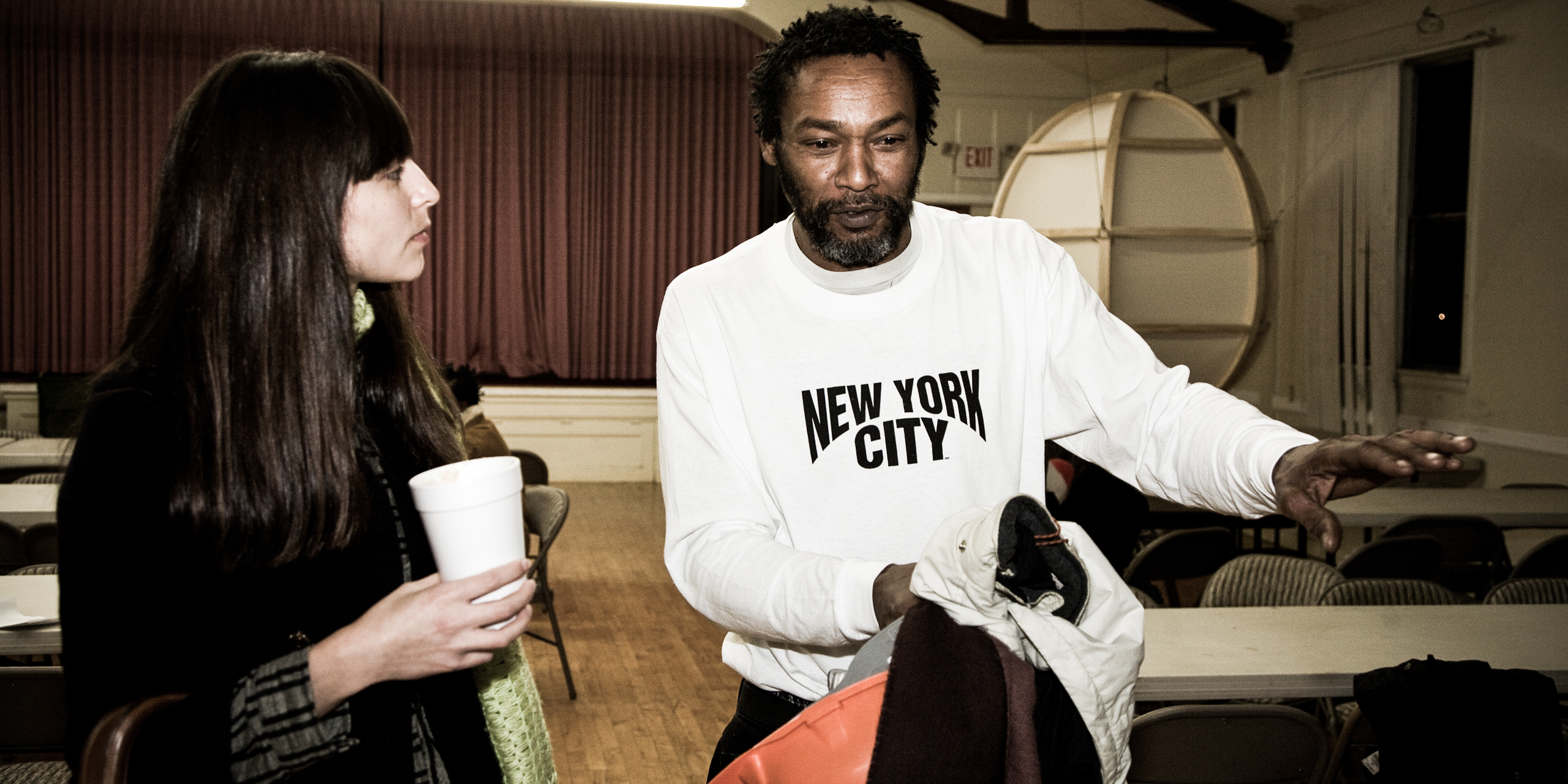
Overall Outcome
The inspiration and work of the students and faculty culminated on a rainy winter Sunday, marking the end of the term and the opening of the exhibition 34,640 Watts, A Show About Light. On this day, the church’s community areas were transformed into a lively gallery space housing the work of everyone from a youthful community member with aspirations to be an artist, to accomplished Art Center graduates. All had embraced the curatorial concept of light, and in the process, metaphorically shone a light on Watts—proving that positive things indeed happen there. And while the 34,640 Watts exhibit served as the unifying center of the overall presentation that day, it shared the spotlight with the achievements of all the teams.
Well-attended by Art Center students, graduates, faculty, outside artists and Watts residents, the Watts Art? event brought together a wide range of attendees and artwork. Comprised of 32 pieces ranging from video installations to portrait photography of community members, the exhibition occupied multiple rooms on both floors of the church.
One of the highlights of the exhibition was an untitled series dominating a corner of the church’s auditorium created by lifelong Watts resident Judson Powell, co-founder of the Watts Towers Art Center. The prominent display of Powell’s fragmented mirrored glass artwork was a graphic demonstration of the lengths to which students went to involve community members in a substantive way. In addition to the visual arts on display, a student interpretive dance performance also entertained attendees.
During the show, the instructor overseeing the project, Dave Bailey, offered his insights.“The main thing is that I am very proud of the students,” he explained. “They all put far more into this class than ever expected. They had to put aside things like concerns about their own technique and instead work collaboratively, outside their media and comfort zone. They really put their hearts into it.”
A student curator, Luisa Aguilar, spoke about the challenges and rewards from a student’s perspective. “So many things we had to deal with in the class were unexpected,” she said. “There was always a surprise, but we always found a solution. Something else I didn’t expect was even though I had a piece in the show; I almost forgot it was here. I realized the most important piece here is the show itself.”
Students at the show also expressed gratitude to St. John’s pastor and the church community for sharing their space, and simply for the opportunity to apply their talents in a real-world setting. They shared their hope that in the future, other students could benefit from the foundation they had built there.
The show included the debut of the now-complete landscaped garden, which beyond just beautifying a neglected public-facing area, also met a deeper goal of creating a literal and metaphorical connection between the secular playground/parking area and the sacred space of the church’s entrance. The newly landscaped area also now serves the practical purpose of discouraging activities like tagging by creating natural barriers and reinforcing the connectedness of the entire church campus.
Viewing the garden, another student involved in the program, Maria Holland, reflected that the most important lesson for her was the “idea that in art, there isn’t a beginning an end—these are just two parts of a process that continue forever.”
The Watts Art? program came to a successful close that evening with a symbolic lighting of St. John’s bell tower. As the sun went down and the time designated to light the tower approached, the December rains took a brief break. In front of a large crowd gathered outside, Pastor Royce then proclaimed, “Let there be light!” and to cheers and applause. A palette of changing colored lights illuminated the bell tower, signaling the realization of Watts Art? and bringing to light the efforts of the students and community.